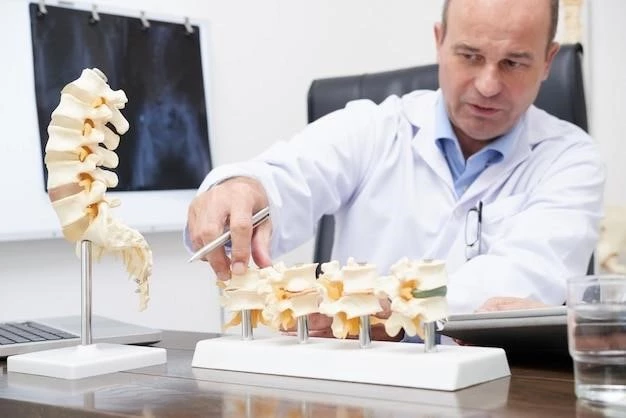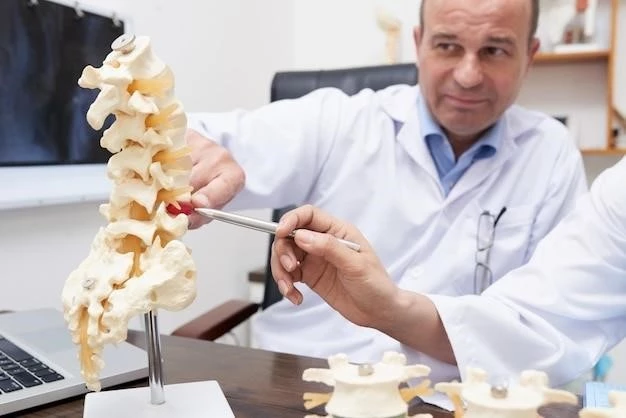Symptoms of Cystic Angiomatosis of Bone
Overview of Symptoms
Pain and Swelling
Fractures and Deformities
Overview of Symptoms
The symptoms of cystic angiomatosis of bone may include bone pain, swelling, fractures, and deformities. These manifestations can vary in severity and may impact daily activities and quality of life.
Pain and Swelling
Pain and swelling are common symptoms of cystic angiomatosis of bone, causing discomfort and inflammation in affected areas. Managing pain through medications and addressing swelling with elevation can help improve daily functionality for individuals with this condition.
Fractures and Deformities
Cystic angiomatosis of bone can lead to fractures and deformities due to weakened bone structure. Fractures may occur with minimal trauma, and deformities can affect mobility and function. Close monitoring and appropriate management are essential to address these issues.
Treatment options for Diffuse Cystic Angiomatosis
Medical Interventions
Surgical Options
Medical Interventions
Medical interventions for diffuse cystic angiomatosis may include medications to manage pain and symptoms, such as nonsteroidal anti-inflammatory drugs. Additionally, bisphosphonates can be prescribed to help strengthen bones and reduce the risk of fractures.
Surgical Options
Surgical options for diffuse cystic angiomatosis may involve procedures such as curettage (excision of the diseased tissue) or bone grafting to stabilize weakened areas. In severe cases, surgical interventions like bone resection may be necessary to manage complications and improve function.
Causes of Cystic Angiomatosis in Bones
Genetic Factors
Vascular Abnormalities
Genetic Factors
Cystic angiomatosis in bones can be influenced by genetic factors, with mutations in specific genes potentially predisposing individuals to this condition. Understanding the genetic basis of this disorder can aid in early detection and personalized treatment approaches.
Vascular Abnormalities
The development of cystic angiomatosis in bones may be linked to vascular abnormalities, where an imbalance in blood vessel formation and function contributes to the growth of cystic lesions. Understanding these vascular factors is crucial for targeted interventions and management strategies.
Diagnosis of Diffuse Cystic Angiomatosis
Imaging Techniques
Biopsy and Histology
Imaging Techniques
Diagnosing diffuse cystic angiomatosis often involves imaging techniques such as X-rays, CT scans, MRI scans, or bone scans. These methods help identify the extent of the lesions, assess bone involvement, and guide treatment planning for individuals with this condition.
Biopsy and Histology
Confirming a diagnosis of diffuse cystic angiomatosis often requires a biopsy, where a sample of the affected bone tissue is extracted for examination. Histological analysis helps determine the nature of the cysts and aids in developing an appropriate treatment plan based on the specific characteristics observed.
Prognosis for Bone Cystic Angiomatosis
Long-Term Outlook
Complications
Long-Term Outlook
The long-term outlook for individuals with bone cystic angiomatosis varies depending on the extent of the condition and response to treatment. Regular monitoring, adherence to treatment plans, and lifestyle modifications can play a significant role in managing symptoms and improving quality of life.
Complications
Complications of bone cystic angiomatosis can include fractures, bone deformities, nerve compression, and impaired mobility. Addressing these complications promptly with appropriate medical and surgical interventions is crucial to prevent further damage and improve overall functional outcomes for individuals with this condition.
Management of Bone Angiomatosis Symptoms
Pain Management
Physical Therapy
Pain Management
Effective pain management strategies for bone angiomatosis may involve the use of pain medications, physical therapy, and lifestyle modifications. Collaborating with healthcare providers to develop a comprehensive pain management plan can help improve comfort and quality of life for individuals living with this condition.
Physical Therapy
Physical therapy plays a vital role in managing bone angiomatosis symptoms by focusing on improving mobility, strength, and function. Customized exercise programs and techniques tailored to the individual’s needs can help enhance physical well-being and overall quality of life for those affected by this condition.

Research Updates on Cystic Angiomatosis
Recent Studies
Emerging Treatments
Recent Studies
Recent studies on cystic angiomatosis have focused on genetic factors, targeted therapies, and imaging advancements. These studies aim to enhance diagnosis accuracy, develop more effective treatments, and improve the overall management of this rare bone disorder.
Emerging Treatments
Emerging treatments for cystic angiomatosis of bone include targeted therapies aimed at inhibiting abnormal vascular growth, as well as innovative surgical techniques and minimally invasive procedures. These advancements offer promising options to enhance symptom management and outcomes for individuals with this condition.
Lifestyle Considerations for Cystic Angiomatosis
Diet and Nutrition
Exercise Guidelines
Diet and Nutrition
Adopting a balanced diet rich in calcium, vitamin D, and other essential nutrients can support bone health in individuals with cystic angiomatosis. Maintaining a healthy body weight and avoiding excessive caffeine or alcohol consumption are also important dietary considerations to manage symptoms and promote overall well-being.
Exercise Guidelines
Engaging in low-impact exercises such as walking, swimming, and gentle stretching can help maintain bone strength and flexibility in individuals with cystic angiomatosis. Exercise guidelines should focus on activities that improve balance, muscle tone, and overall physical function while avoiding high-impact or strenuous workouts that could exacerbate symptoms.
